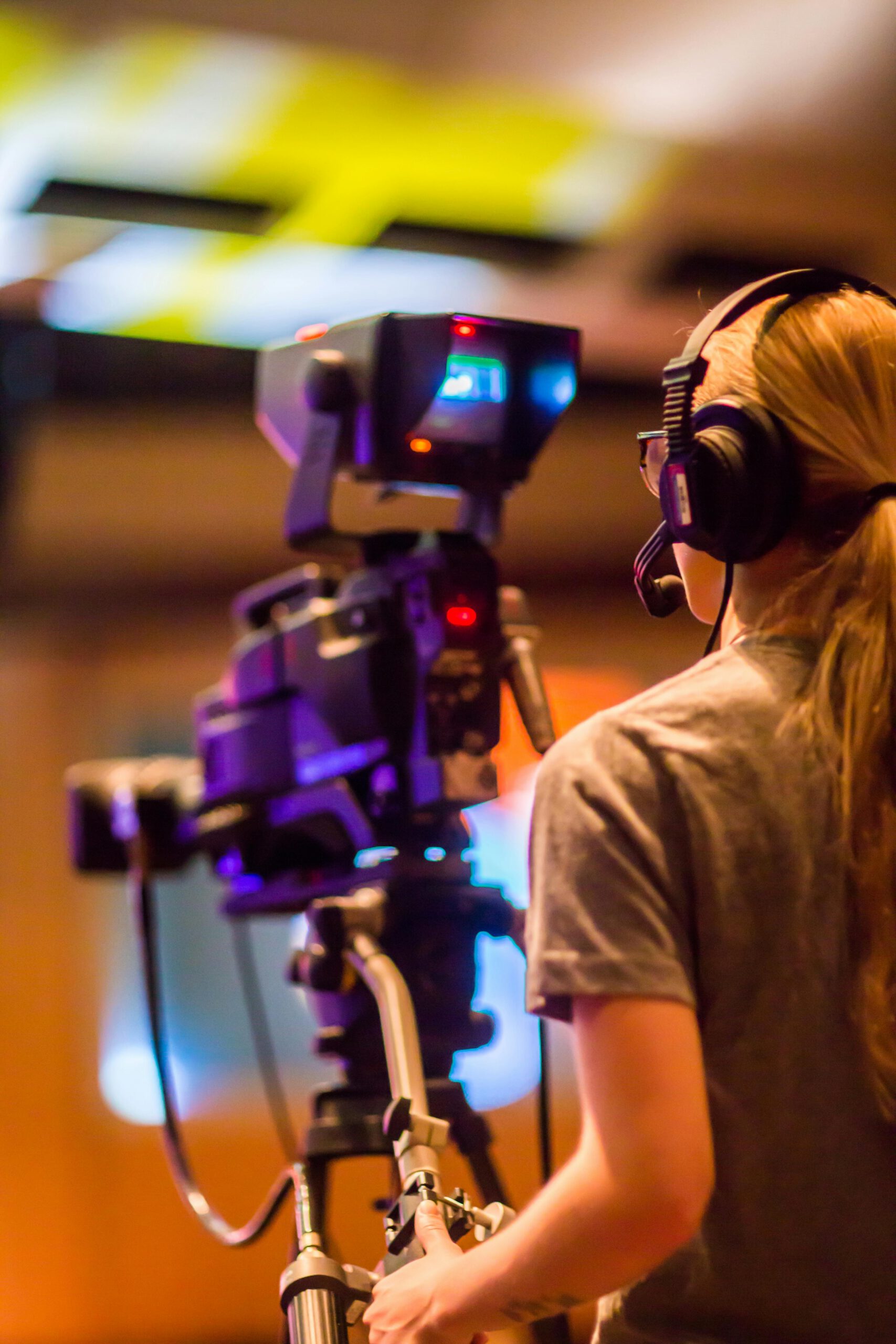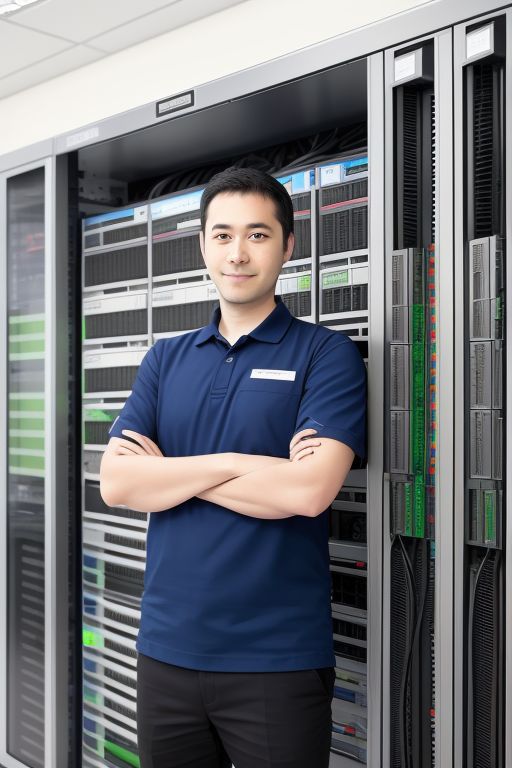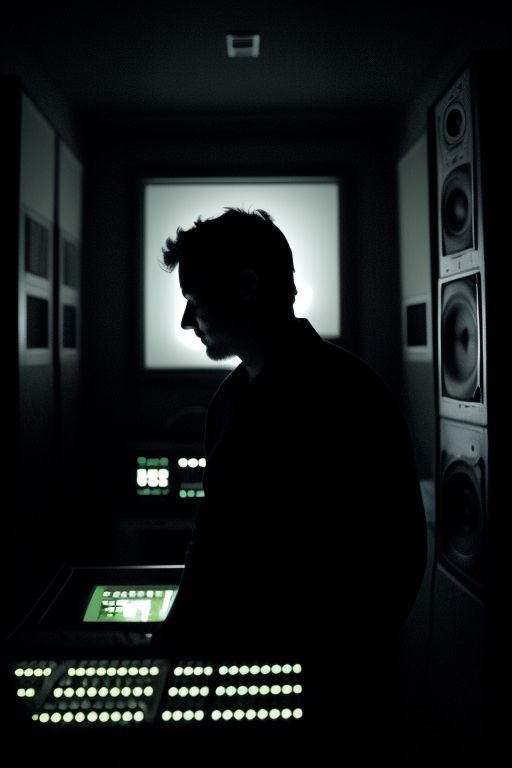The camera operator plays a pivotal role in capturing the visual elements of a production. Camera operators are responsible for recording the footage that will be used in live or pre-recorded broadcasts, ensuring that the images are clear, well-framed, and visually engaging. This article delves into the diverse responsibilities of a camera operator, highlighting their significance, required skills, and the impact they have on the overall production.
The Role of a Camera Operator in Broadcast
Camera operators are the eyes of a broadcast production. They work closely with directors, producers, and other crew members to capture the scenes that make up the final broadcast. Here’s a detailed look at their key responsibilities:
- Pre-Production Planning
- Equipment Setup: Camera operators are responsible for setting up and maintaining their equipment. This includes selecting the appropriate cameras, lenses, and accessories for the production.
- Technical Preparation: They ensure that all cameras are functioning correctly, adjusting settings such as focus, exposure, and white balance to suit the shooting conditions.
- Rehearsals: Participating in rehearsals helps camera operators understand their movements and shots, ensuring they are well-prepared for the actual production.
- Production Execution
- Operating Cameras: During the production, camera operators control the cameras, following the director’s instructions to capture the desired shots. This can involve panning, tilting, zooming, and adjusting focus in real-time.
- Framing and Composition: They ensure that each shot is well-framed and composed, following principles of visual storytelling to enhance the narrative.
- Capturing Live Events: For live broadcasts, camera operators must react quickly to capture unfolding events, ensuring that the action is always in focus and well-framed.
- Post-Production Collaboration
- Reviewing Footage: After filming, camera operators may review the footage with directors and editors to ensure it meets the production’s needs.
- Providing Insights: Their firsthand experience of the shoot allows them to provide valuable insights during the editing process, helping to shape the final product.
Key Skills Required for a Camera Operator
Being an effective camera operator requires a blend of technical proficiency, creative vision, and physical stamina. Here are some of the most critical skills needed:
- Technical Knowledge: Camera operators must have a deep understanding of camera equipment and settings, including lenses, lighting, and audio gear.
- Visual Composition: A strong sense of visual composition and an eye for detail are essential to create engaging and visually appealing shots.
- Physical Dexterity: The role often involves long hours of standing, moving, and carrying equipment, requiring good physical fitness and stamina.
- Communication: Effective communication with directors and other crew members is crucial to ensure that the camera work aligns with the overall vision of the production.
- Quick Reflexes: The ability to react quickly to changing scenes and directions is vital, especially during live broadcasts or dynamic events.
The Impact of a Camera Operator
The camera operator’s role is central to the visual storytelling of a broadcast. Their work directly influences the quality and impact of the final production. Here are some ways camera operators make a significant impact:
- Visual Quality: By ensuring high-quality shots, camera operators enhance the overall visual appeal of the broadcast, making it more engaging for viewers.
- Storytelling: Through effective framing and composition, camera operators contribute to the narrative, helping to convey the story and emotions intended by the director.
- Audience Engagement: Well-executed camera work captures the audience’s attention, maintaining their interest and enhancing their viewing experience.
- Technical Reliability: By managing their equipment effectively, camera operators ensure a smooth production process, minimizing technical issues and disruptions.
The Camera Operator’s Workflow in Broadcast Production
To understand the role of a camera operator, it’s essential to look at their workflow in detail, from pre-production to post-production.
- Pre-Production Phase
- Equipment Selection: Camera operators choose the right cameras, lenses, and accessories based on the production’s requirements. They ensure all equipment is in working order and properly calibrated.
- Scouting Locations: They may visit shooting locations in advance to understand the lighting conditions, space constraints, and potential challenges.
- Collaborating with the Director: Camera operators discuss the director’s vision and specific shot requirements, ensuring they understand the creative and technical aspects of the production.
- Production Phase
- Executing Shots: During production, camera operators follow the shot list and director’s instructions to capture the required footage. This includes operating the camera, adjusting settings, and coordinating with other crew members.
- Adapting to Changes: They must be adaptable, ready to adjust their shots or equipment settings in response to changing conditions or directions.
- Ensuring Continuity: Camera operators pay close attention to continuity, ensuring that each shot aligns with the previous and following shots to maintain a cohesive visual flow.
- Post-Production Phase
- Reviewing Footage: After filming, camera operators review the footage with the director and editors, ensuring that all necessary shots have been captured and meet the desired quality.
- Providing Technical Insights: Their knowledge of the filming process allows them to offer valuable technical insights during the editing phase, helping to refine the final product.
The Evolution of the Camera Operator’s Role
The role of the camera operator has evolved significantly with advancements in technology and changes in production methods. Today’s camera operators must stay updated with the latest tools and techniques in the industry:
- Digital Cameras and 4K Technology: The rise of digital cameras and high-resolution 4K technology has expanded the capabilities of camera operators, allowing for more detailed and flexible shooting options.
- Steadicam and Gimbal Systems: Modern stabilization systems like Steadicams and gimbals enable smoother and more dynamic shots, enhancing the visual quality of productions.
- Drone Cinematography: The use of drones for aerial shots has added a new dimension to the camera operator’s toolkit, allowing for unique perspectives and dramatic visuals.
- Virtual and Augmented Reality: Camera operators are increasingly involved in capturing footage for virtual and augmented reality experiences, requiring new skills and approaches.
Real-World Examples of Camera Operators
To illustrate the impact and responsibilities of camera operators, let’s look at some real-world examples:
- Live Sports Broadcasting
- Camera Operator’s Role: In live sports broadcasting, camera operators capture fast-paced action, ensuring that key moments are filmed from the best angles. They work closely with the director to follow the game and anticipate important plays.
- Challenges: The dynamic nature of sports requires quick reflexes and precise camera work to ensure that viewers don’t miss any critical moments.
- News Production
- Camera Operator’s Role: In news production, camera operators are responsible for capturing live reports, interviews, and on-the-scene footage. They must be ready to respond to breaking news and work in various environments.
- Challenges: News camera operators often work in unpredictable conditions, requiring adaptability and quick decision-making to capture compelling footage under pressure.
- Film and Television Production
- Camera Operator’s Role: In film and television, camera operators work closely with directors and cinematographers to capture the visual narrative. They follow detailed shot lists and storyboards to ensure that each scene is filmed according to the creative vision.
- Challenges: The complexity of film and television production requires precise coordination, technical proficiency, and creative collaboration to achieve high-quality results.
Conclusion
The role of a camera operator in broadcast is multifaceted and essential to the success of any production. Camera operators are the visual storytellers, capturing the scenes that bring a broadcast to life. Their responsibilities span technical, creative, and collaborative tasks, requiring a unique blend of skills and expertise.
Camera operators play a crucial role in ensuring high-quality visual content, contributing significantly to the overall impact and success of the broadcast. Their work enhances the narrative, engages the audience, and ensures that the production runs smoothly.






Leave a Reply